Ship Hector: A Story of Culture, Tenacity and Community
A $750,000 funding partnership with The Sobey Foundation will ensure a pivotal piece of the region’s history remains sustainable well into the future.
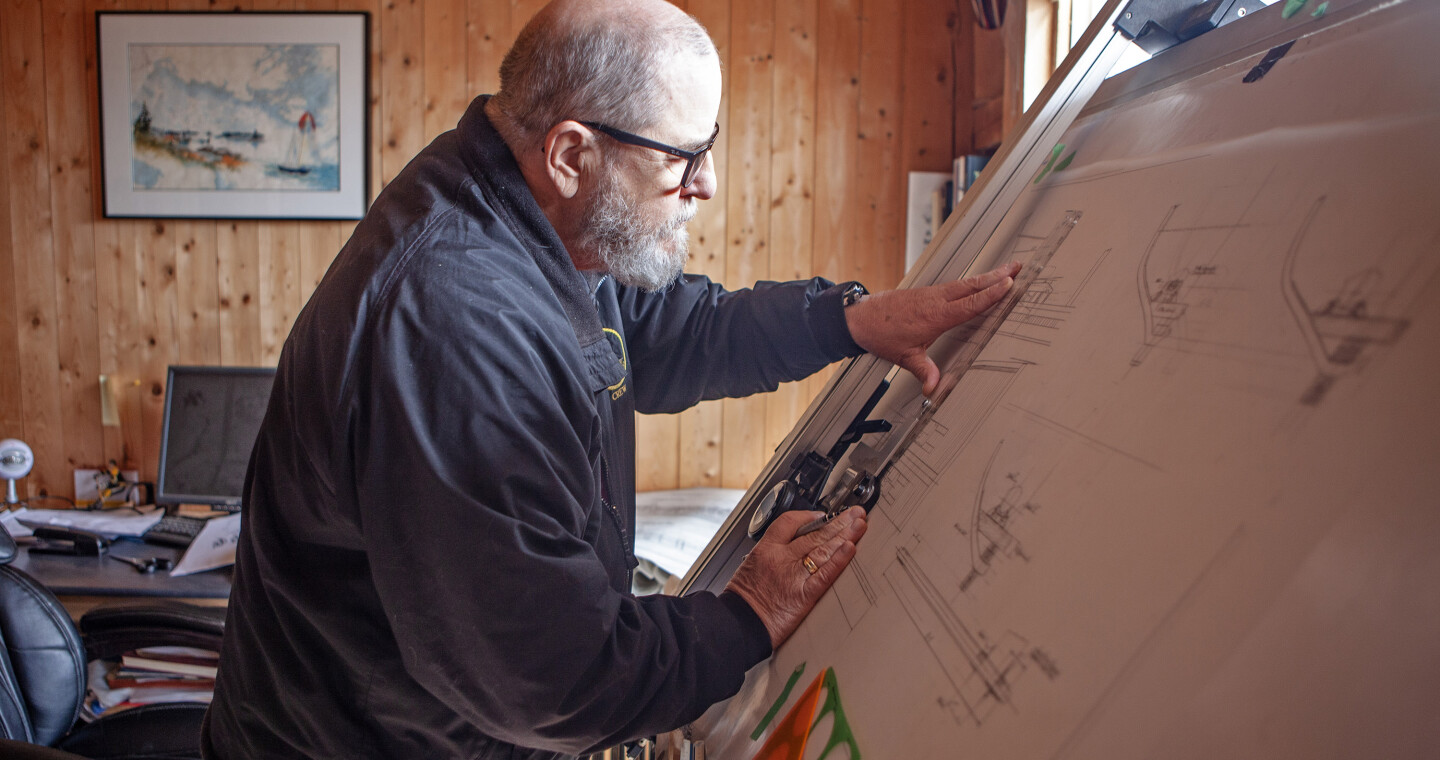
Vern Shea, general manager of the project to revitalize the Ship Hector and Hector Heritage Quay on the Pictou waterfront, painstakingly hand drew the plans for the ship. “You can tell who did the drawing by the drawing style. There’s something to a drawing, there’s a feel. There’s more care.”
Vern Shea thumbs through a stack of oversized paper on his draft table, the complicated plans of a ship a blur as they flip past. Bathed in sun streaming through the window of his workshop that overlooks Pictou Harbour, the drawings represent a link to the past and a key to the future.
A boat builder by trade, Vern painstakingly drew by hand the plans that will breathe new life into the Ship Hector, poised to become the marquee draw at the Hector Heritage Quay. The ambitious project on Pictou’s revitalized waterfront, which includes the ship, workshops and an interpretive centre, will play a pivotal role in shaping a better future for Pictou County.
Our hope is that this goes way, way further than what even we can think of. It's going to impact generations.
Vern Shea
Ship Hector Society project manager
Vern, who has lived most of his life in Pictou, is the project manager and believes in the importance of Ship Hector’s success and sustainability, not just now but well into the future. “You have to take ownership of it, not just of the ship and the site, but of your community. And I guess that's why you do this sort of thing, right? Just keep it going and hope the next generation will pick it up after you're gone.”
FORWARD PROGRESS
The original Ship Hector arrived in Pictou Harbour on September 15, 1773, the first such ship to arrive in Nova Scotia directly from Scotland. Historical accounts tell of hardship and misery during the 11-week voyage that was fraught with disease and ferocious storms. Of the original 189 passengers, 18 died during the crossing. When the settlers arrived in Mi'kmaqi, the Mi’kmaq played a vital role in helping them survive their first winter.
A reproduction of the original advertisement calling for passengers willing to brave the ocean crossing on the Ship Hector.
The Ship Hector will be able to carry passengers, increasing its draw as a tourism attraction, says Wes Surrett, chairman of the Ship Hector Society. “When this ship is touring the harbour, it doesn't become just an anchor attraction for the Northumberland Shore. It becomes an anchor attraction for the province of Nova Scotia, possibly the whole of Atlantic Canada.”
Historical records show that the original Scottish settlers were piped ashore when they first landed. Here, bagpiper Robbie MacInnes does the honours in 2013 after the ship was put back in the water following a winter in dry dock.
Centuries later, the historical significance of the Ship Hector prompted the construction of a replica of the ship, which was launched in 2000. Tied up alongside the Quay on the Pictou waterfront, it quickly became a tourist draw. Now, the Ship Hector Society is undertaking a massive refurbishment of the interpretive centre and the ship, a project that is aimed at not only preserving history but turning the entire site into an economic driver for the region.
“We started talking about the ideas of what the ship could be, that it would actually sail and get out there,” says Dave Sobey, chair of the Society’s Charting our Course Campaign. “There's so much opportunity here, it's just about brushing it off and seeing what we can make it.”
It was daunting in the beginning. In 2020, the ship was lifted out of the water to examine how much it would take to not only refurbish the wooden ship but upgrade it so it could take passengers. “Nobody wanted to touch the budgeting or look at it,” explains Vern, of the first halting steps of the refit. “Basically it's like an old rusty car or a house. Once you start tearing it apart, God only knows what you’re going to find.”
What they found was a ship that was in need of a lot of work – but it was salvageable. The Society began the painstaking work of refitting the ship and bringing it up to Transport Canada standards to operate as a passenger vessel. While care has been taken to preserve the authenticity of the era in which the original Hector was built, the Society is firmly looking to the future by placing priority on being net-zero and sustainable.
The Ship Hector will be outfitted with electric engines run by solar power that will be generated at Hector Heritage Quay. Construction will make use of composite materials that cut down on the ongoing maintenance costs, a key piece that ensures long-term sustainability for a project run by a non-profit, says Ralph Heighton, who is on the board of directors for the Ship Hector Society and Community Liaison for the Charting our Course Campaign.
The Society is also doing renovations on the quay, supported by both provincial and federal funding. The interpretive centre will tell the story of Mi’kmaq influence and support of the early settlers. There will be a boat building school, blacksmith shop, rigging and block making. “You're seeing a living history. It's functional. You're going to be able to touch it, feel it, get out in the water, experience it,” says Dave.
School programs, sail training programs, a partnership with Pictou Landing First Nation are all in the plans. “It's not just about finishing the boat. We want to be able to teach these skills. We are revitalizing a culture. There's only a few old guys like me left that know a lot of this stuff,” says Vern.
STRATEGIC PARTNERSHIP
Next summer, the Ship Hector will be craned back into the water where interior work will be finished, followed by sea trials. The Society is aiming for the ship to take passengers in the summer of 2025. There’s a lot of work and support that will be required between now and then, and the partnership with The Sobey Foundation is a key to making it happen.
The Foundation, as part of its new strategic plan that focuses on Pictou County, has committed $750,000 over five years in funding to support the Ship Hector Society. Equally valuable will be the credibility that the Foundation’s involvement will bring to the project. “People will know this is not a pipe dream. We wouldn't be able to do this project without The Sobey Foundation, there's no two ways about it. It's a very big undertaking and we'll do them proud,” says Vern.
Bill MacLellan donated his time and his machinery to mill the wood that was collected after post-tropical storm Fiona swept through the region in 2022. He is a direct descendant of the original Hector.
Fallen trees were collected and milled, and are being used in the exterior and interior of the ship, providing a tangible connection between the Ship Hector and the community.
Progress on the ship has moved forward despite the pandemic, supply chain issues, and even post-tropical storm Fiona in September 2022. After Fiona passed, Vern and his crew left the shipyard to go help neighbours clean up the staggering amount of trees that had been toppled. In return, the trees were kept for use on the refurbishment. A man from the Annapolis Valley, whose ancestors came over in the Ship Hector, donated his portable sawmill, to mill the lumber. “We spent almost two weeks milling and stacking it. It was a real community effort. It helped the seniors and it gave us a pile of wood.”
That pile of wood, worth more than $80,000, is being used in the exterior and interior of the ship, providing a tangible connection between the Ship Hector and the community.
LAUNCH DAY
The long-awaited launch of the ship is likely to be bittersweet. John Oliver, who was co-chair of the fundraising campaign and who dedicated years to the project, died in April 2024. “He just had a love of the story and the project and the ship,” says Wes Surrett, chair of the Ship Hector executive committee. “He took our story to Toronto and everywhere else in the world and was constantly driving this fundraising campaign – even in the middle of a pandemic, which wasn't the easiest time to be out there raising money, he was there.”
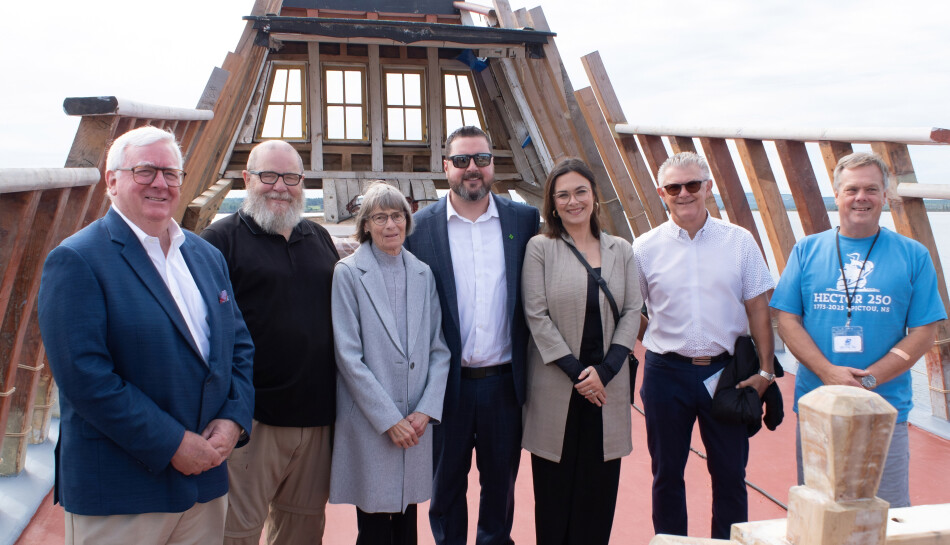
John Oliver, who was co-chair of the fundraising campaign, passed away in April 2024, before seeing the completion of the project. Celebrating the 250th anniversary of the Ship Hector in September 2023 were, from left, John Oliver, Vern Shea, Connie Oliver, Dave Sobey, Jacquie Sobey, Gerry Pettipas, and Ralph Heighton.
The project has always been about more than just restoring the ship. It’s also about bringing the community together, creating jobs, and attracting visitors and newcomers alike, says Dave. “We're setting the society and the town up for success by creating this in a meaningful way that will be managed extremely well. It's going to be sustainable. This is meant to be a legacy.”
The launch in 2000 drew cheering crowds to the Pictou waterfront, a celebratory atmosphere reminiscent of a time long passed. “I grew up just up over the hill from the shipyard,” says Ralph. “I remember all the fanfare every time they would launch a ship down there in the seventies.”
Similar crowds are expected when the refurbished Hector gets put in the water this summer. “When we launched before, there was an awful lot of crying going on,” says Vern. “These workers had put two to three years into the ship. When people see that, they start to realize that this could be something big for the community. Our hope is that this goes way, way further than what even we can think of. It's going to impact generations.”


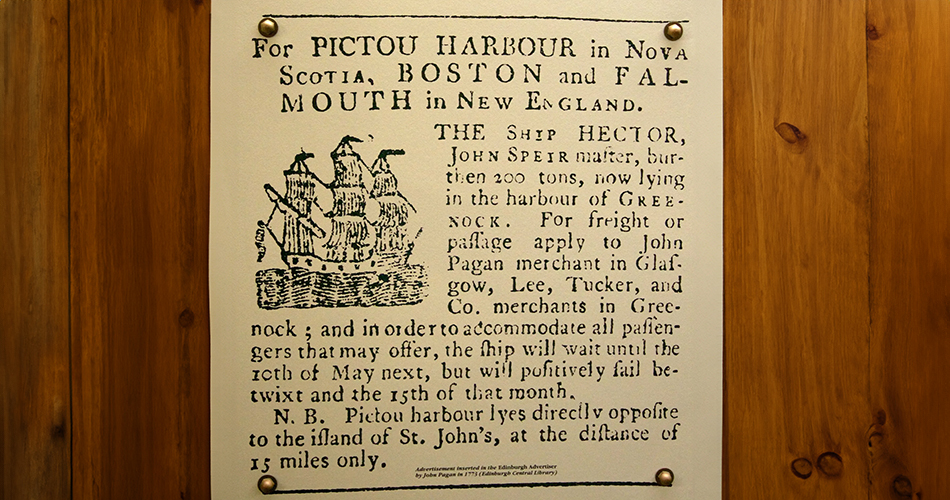
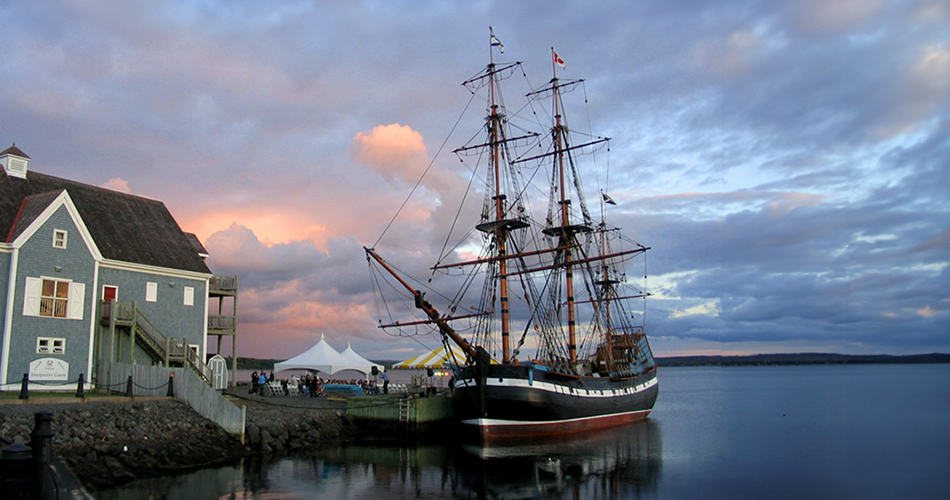
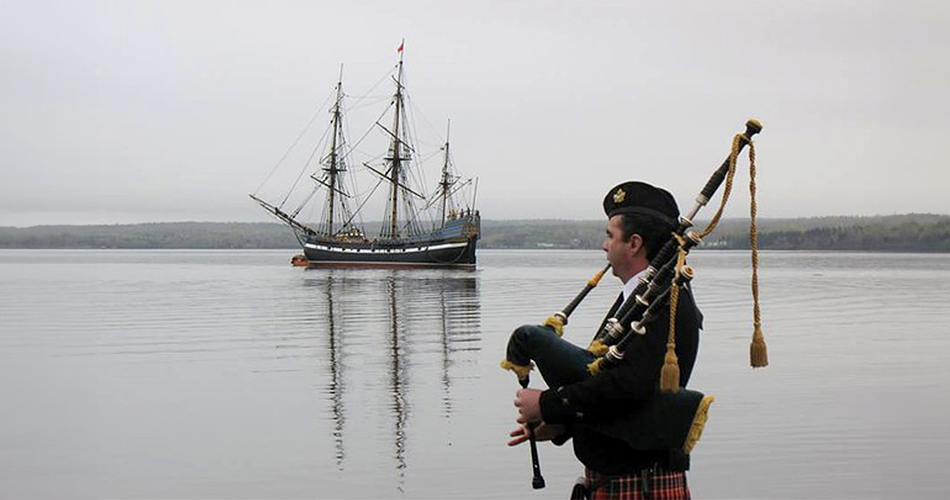
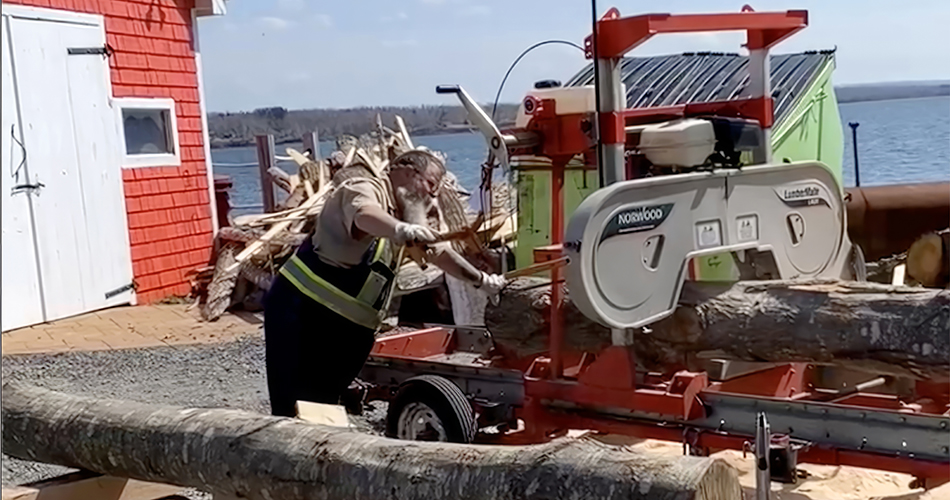
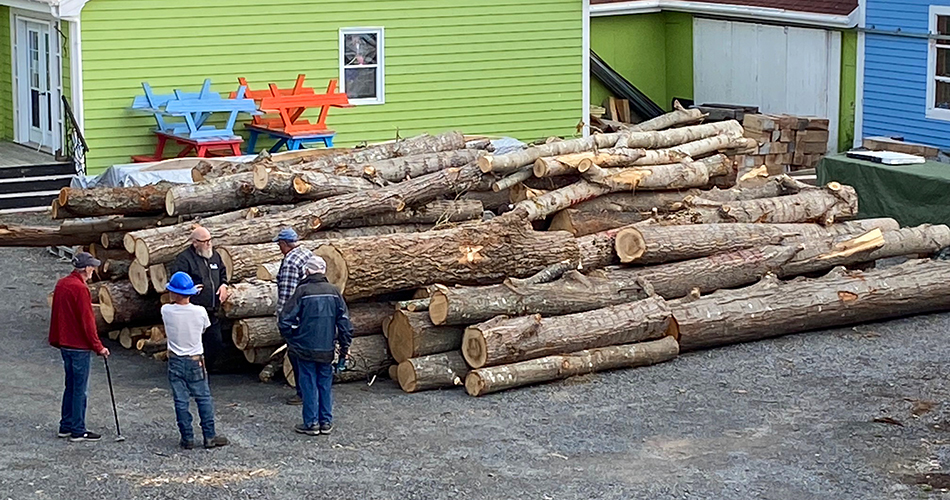
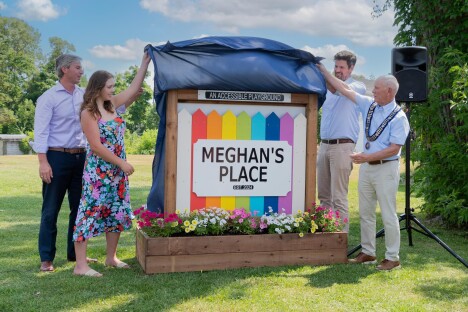
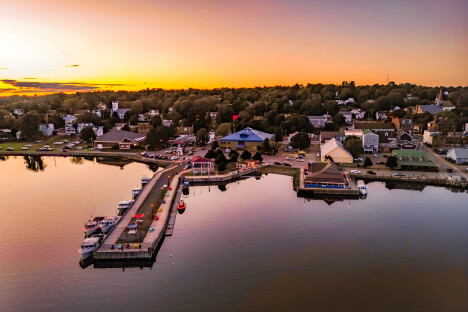

 Back to Stories
Back to Stories
